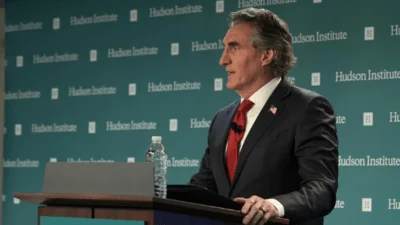The Centers for Medicare & Medicaid Services (CMS) has issued preliminary guidance to states on implementing new federal requirements concerning health care-related taxes in Medicaid. This guidance is intended to help states prepare for the changes mandated by the Working Families Tax Cuts legislation (Public Law 119-21). The letter outlines limits on new or increased healthcare-related taxes and provides information about transition periods related to closing a financing loophole.
Under the new legislation, CMS will generally prohibit new or increased health care-related taxes and end practices that allowed certain states to draw down federal matching funds improperly. These measures are expected to save taxpayers over $200 billion in the next decade, supporting the fiscal integrity of the Medicaid program.
"CMS is restoring the federal-state partnership by ensuring that Medicaid dollars are spent responsibly, transparently, and in service of the beneficiaries who depend on this program for their health and dignity," said CMS Administrator Dr. Mehmet Oz. He added that while closing a loophole used by some states to shift costs onto federal taxpayers, CMS has crafted policies allowing states time to transition as new tax limits are implemented.
Health care-related taxes have been a part of Medicaid financing but have shifted state responsibilities onto federal taxpayers. The Medicaid and CHIP Payment and Access Commission (MACPAC) estimated that non-general revenue sources have contributed to a 5.4% shift. Reforms aim to restore balanced financing commitments within Medicaid.
Improper use of these mechanisms generates billions annually, weakening fiscal accountability and shifting costs away from states. CMS plans to provide guidance on addressing existing structures under these changes, starting with state fiscal years beginning in 2026.
The letter also details key program elements such as Indirect Hold Harmless Thresholds effective October 1, 2026, based on taxes enacted by July 4, 2025. Additional guidance will be issued as necessary.
For more information, visit: https://www.medicaid.gov/medicaid/downloads/providertax_dcl_11142025.pdf
Information from this article can be found here.





